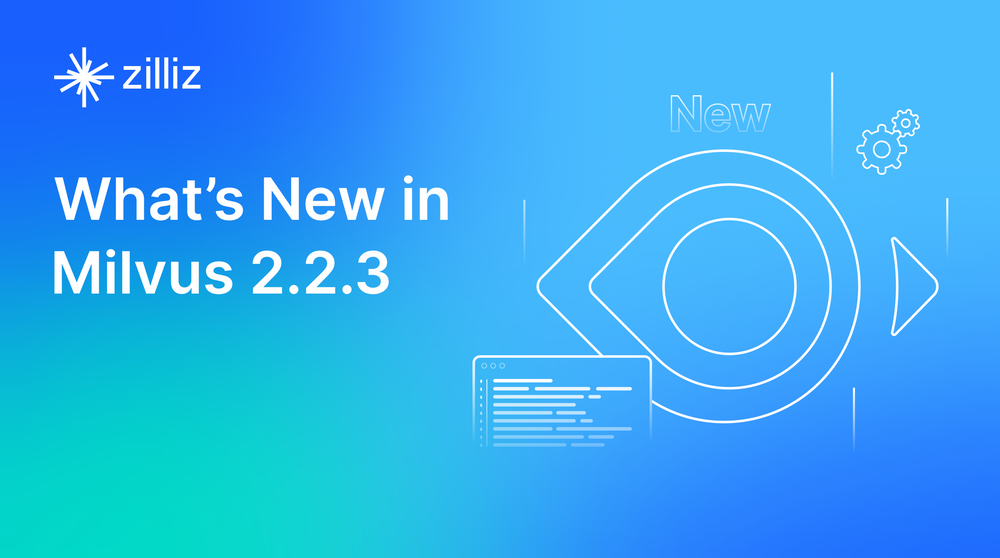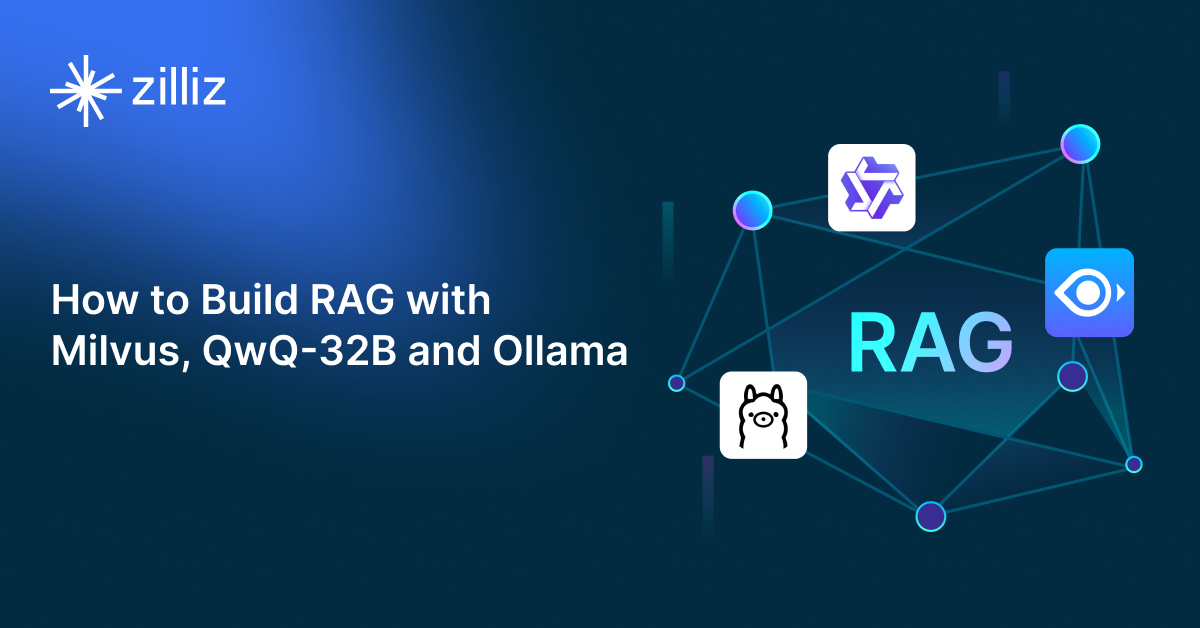What’s New In Milvus 2.2.3

We are proud to announce the release of Milvus 2.2.3 on behalf of the Milvus community. The 2.2.3 release contains a few new features and many improvements. This blog post will highlight some of the more prominent features. For a complete list of changes, check the release notes.
- 📦 PyPI: https://pypi.org/project/milvus/
- 📚 Docs: https://milvus.io/docs
- 🛠️ Release Notes: https://milvus.io/docs/release_notes.md#223
- 🐳 Docker Image: docker pull milvusdb/milvus
- 🚀 Release: https://github.com/milvus-io/milvus/releases/tag/v2.2.3
One of the highlights of this release is the introduction of Rolling Upgrade support, an essential capability of highly available systems. A rolling upgrade allows you to upgrade Milvus without noticeable service disruption and with minimal downtime. Again, tying with the HA theme, this release includes the Coordinator High Availability (HA) feature to allow Milvus coordinators to work in active-standby mode and ensure a short failure recovery time of no more than 30 seconds.
In addition, there were several enhancements added to the following features:
- Bulk-insert
- Memory usage reduction
- Optimization of monitoring metrics
- Performance improvements for Meta storage
Please note that Milvus 2.2.3 also included a breaking change where the maximum number of fields in a collection was reduced from 256 to 64 (#22030).
Summary In addition to all of the features listed above, Milvus 2.2.3 includes several bug fixes and improvements. To learn more:
- See the release notes for version 2.2.3 for the complete list of changes
- Download Milvus and get started
Start Free, Scale Easily
Try the fully-managed vector database built for your GenAI applications.
Try Zilliz Cloud for FreeKeep Reading

Data Deduplication at Trillion Scale: How to Solve the Biggest Bottleneck of LLM Training
Explore how MinHash LSH and Milvus handle data deduplication at the trillion-scale level, solving key bottlenecks in LLM training for improved AI model performance.

Expanding Our Global Reach: Zilliz Cloud Launches in Azure Central India
Zilliz Cloud now operates in Azure Central India, offering AI and vector workloads with reduced latency, enhanced data sovereignty, and cost efficiency, empowering businesses to scale AI applications seamlessly in India. Ask ChatGPT

How to Build RAG with Milvus, QwQ-32B and Ollama
Hands-on tutorial on how to create a streamlined, powerful RAG pipeline that balances efficiency, accuracy, and scalability using the QwQ-32B model and Milvus.
